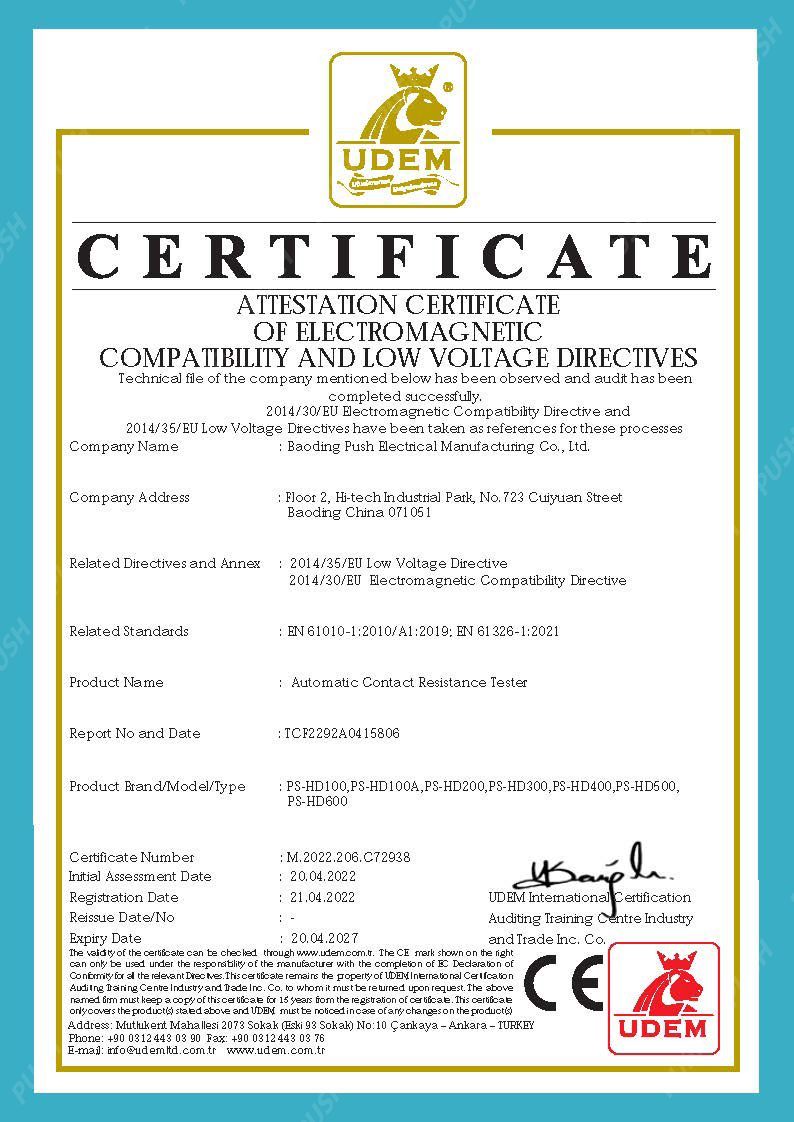 English
English


applied voltage test for power transformer
Applied Voltage Test for Power Transformers Importance and Methodology
Power transformers play a crucial role in the electrical distribution system, ensuring the efficient transfer of electrical energy between different voltage levels. One of the essential maintenance procedures for ensuring the reliability and safety of these transformers is the applied voltage test. This test helps in assessing the insulation condition of the transformer and its components, ensuring that they can withstand voltage stress during operation.
Understanding the Applied Voltage Test
The applied voltage test involves subjecting the transformer to a specified high-voltage potential, which is greater than its normal operating voltage. This test is aimed at evaluating the insulation strength of the windings and other critical components of the transformer by identifying any potential weaknesses or defects. By exposing the transformer to high voltage, technicians can simulate situations that might occur during transient operations or fault conditions.
There are generally two types of applied voltage tests conducted on power transformers the Power Frequency (or AC) Test and the DC Test. The Power Frequency Test applies a high AC voltage, while the DC Test applies a high DC voltage. Each method has its specific applications, benefits, and limitations.
Purpose and Benefits
The primary objective of the applied voltage test is to ensure that the insulation used in transformers is robust enough to prevent electrical failures. Some of the main benefits of conducting this test include
1. Detection of Weaknesses The applied voltage test can reveal defects in the insulation system, such as moisture ingress, contamination, or degradation of insulation materials over time.
2. Validation of Manufacturing Quality For new transformers, this test serves as a quality assurance measure to ensure that the insulation system meets the required specifications before commissioning.
3. Prevention of Failures Regular testing helps in identifying issues before they lead to catastrophic failures, thus minimizing the risk of downtime and costly repairs.
applied voltage test for power transformer

Test Procedure
The applied voltage test procedure can be summarized as follows
1. Preparation Before the test, ensure the transformer is completely disconnected from the electrical supply, and all appropriate safety measures are in place. Verify that the equipment to be used is calibrated and can handle the required test voltage levels.
2. Test Voltage Selection Determine the appropriate test voltage level according to the transformer’s rating, manufacturer recommendations, and relevant industry standards. The test voltage is typically a multiple of the transformer’s rated voltage, typically ranging from 1.5 to 2.5 times the rated voltage for a specified duration, often lasting between 1 and 15 minutes.
3. Execution of the Test Gradually apply the high voltage to the transformer. This should be done cautiously, monitoring the current and any signs of failure. The current should remain within prescribed limits during the test period.
4. Monitoring During the test, continuously observe for any signs of electrical breakdown or severe insulation failure, such as excessive heating, partial discharges, or insulation flashover.
5. Post-Test Analysis After the test, ensure the transformer is safely brought back to its operational voltage. Document all findings, including voltage levels, current measurements, and any abnormalities observed during the test.
6. Evaluation of Results Analyze the collected data to determine the insulation integrity of the transformer. If any issues are detected, further investigation or necessary repairs should be performed before returning the transformer to service.
Conclusion
The applied voltage test for power transformers is an indispensable maintenance practice that ensures the reliability and safety of power distribution systems. By identifying potential insulation failures early on, operators can take the necessary steps to maintain the integrity of the electrical network. Regular testing, combined with other maintenance practices, plays a vital role in extending the lifespan of power transformers and ensuring uninterrupted electrical service. As technology advances, methods and equipment used for performed tests continue to improve, further enhancing the safety and efficiency of power systems worldwide.
-
Differences between open cup flash point tester and closed cup flash point testerNewsOct.31,2024
-
The Reliable Load Tap ChangerNewsOct.23,2024
-
The Essential Guide to Hipot TestersNewsOct.23,2024
-
The Digital Insulation TesterNewsOct.23,2024
-
The Best Earth Loop Impedance Tester for SaleNewsOct.23,2024
-
Tan Delta Tester--The Essential Tool for Electrical Insulation TestingNewsOct.23,2024





